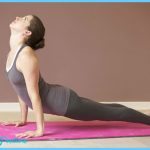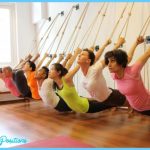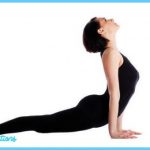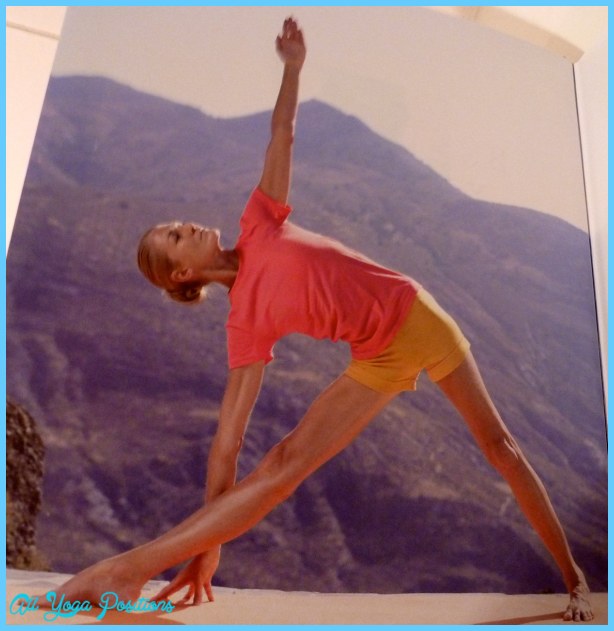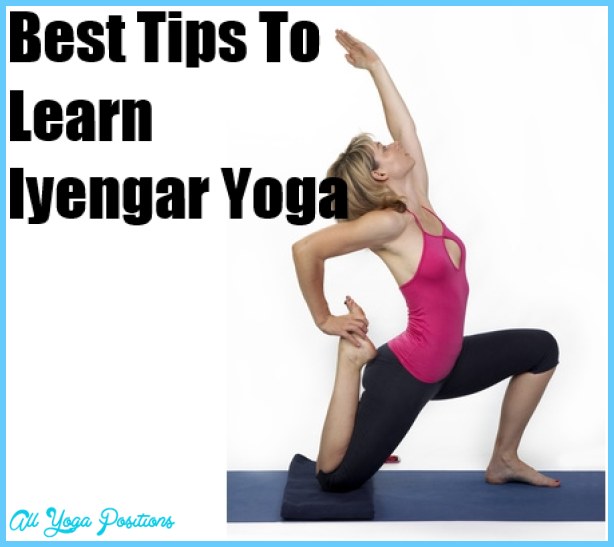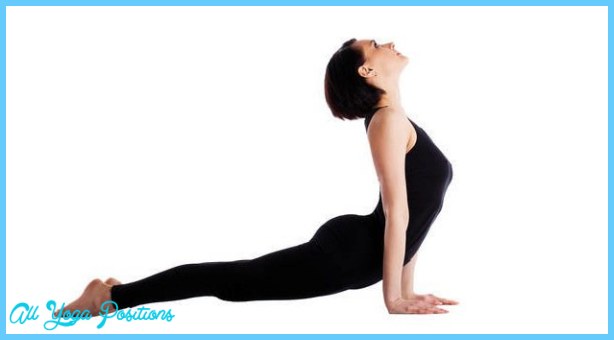The Iyengar approach to yoga may be the most widely practiced form of yoga in the West. As a teenager in Pune, B. K. S. Iyengar suffered from malaria, typhoid fever, and respiratory difficulties. Stricken by poverty and disease for much of his young life, Iyengar was neither flexible nor strong as a young man. He was discouraged from studying yoga and began to teach himself the practice. Mastering his own frail health, he began teaching others and studied with Krishnamacharya.
Iyengar has a rigorous and scientific approach to hatha yoga. He stresses understanding the body and how it works. His emphasis is on alignment and props for individual needs. Iyengar introduced props such as chairs, ropes, sandbags, and blankets to aid in yoga and these props have become a benchmark of his technique.
The focus in an Iyengar class is on symmetry. There may be a lot of standing poses in beginning classes. Because postures require a change of props, the flow of a class can vary greatly. Iyengar has an intense, long, and rigorous teachers’ training program
Iyengar’s school, Ramamani Iyengar Memorial Yoga Institute, named after his wife, is in Pune, India, and attracts people from all over the world to study with Iyengar.
STREET SMARTS
Rona Edmunds began practicing yoga thirty years ago. “I didn’t feel whole in my life and knew I needed to make a change. I was living near the kripalu center and decided to take the teachers’ training.” Rona says kripalu is based on the psychologist Carl Rogers’s philosophy. In kripalu, once an individual understands what is happening emotionally and physically in his or her body and mind, he or she has the choice to modify it.

